#mediterranean fantasy
Explore tagged Tumblr posts
Text

This Sceptred Isle, Chapter 1: The Image Shop
As the distant sun slowly rose in the east, Bv’nei set to work opening his shop in the White Square of Atalantes. He rolled out of bed from the loft apartment above the shop, taking care not to wake his daughter Myrham till he had prepared breakfast. He set a pot of khaveh to boil on a hot plate in the shop below, allowing the aromatic steam that escaped to fill the rafters as it percolated.
The pot was one of his own making, cast in bronze and adorned with etchings that depicted an old Idrisidian tale he’d heard as a child, and been enamored with ever since. It told a story of a jinni teaching humanity how to brew khaveh from the crushed seeds of the khavea plant. Bv’nei had even tuned the spout to gently whistle the tune of a song about the same story. Now, here, so far from the dunes he played in as child, that bronze khaveh pot and its melody were no longer mere keepsakes; they were the remains of a life he could never return to.
“A new day to make the man his drachma and walk away with spit.”
Bv’nei took a bitter sip of khaveh, squinting bleary eyes at the dull brass light of the distant sun, still making its ascent into the rosy sky. The inspiration for a new image popped in Bv’nei’s head and he rushed from the shop window to his drafting table to scratch out a rough depiction of a sun god riding a golden chariot around the edges of a disc, meant to simulate the arc of the sky.
A creak from above reminded Bv’nei he hadn’t even started making breakfast. He dropped his charcoals and hurriedly threw some flour, honey, curds, and olive oil in a pan. He brushed the curls out of his eyes so he could think better as he mixed the ingredients together into flatcakes and fried them over another hot plate.
The figure on the image could be any number of sun gods, Bv’nei mused, but a safe bet might be Helios; his highest paying clientele seemed to favor the old Helenec gods.
Few still worshipped them since the Atlasfall—just a minority of Atalecs and Helenes who still kept the faith of the old world—but their images and stories were nevertheless woven into the cultural identity of Atalantes, despite the fact that many other, far more persuasive, religions had arrived on the far western shores of Atalantes.
Now, a rich tapestry of religious & spiritual traditions called the island citystate of Atalantes home, each with their own pantheon of gods, goddesses, ancestors, and otherworldly spirits to pay respects to. Nearly everyone worshipped something, and every thing had a god devoted to it in some pantheon or another.
Although he personally worshipped none of the pantheons, Bv’nei saw their gods in everything. After all, it was his trade: it was a common need amongst many of these traditions to have some physical vessel on which the faithful’s devotion could be concentrated, some token or totemic figure—what more zealous sects might refer to as an “idol”. For the purposes of Bv’nei’s trade, such figures were known simply as images and icons. In the great melting pot of Atalantes, there was no end to demand for images, and Bv’nei, as an especially gifted craftsman, was particularly equipped to supply them with exactly what they desired.
His shop, as small as it was, was filled to the brim with these images from innumerable pantheons. Here was Mars, there was Athena. He had wards to stave off Okean of the Deep, medallions to honor Adeqa’s Child Divine, and more than one image of the late Last Atlas (although, he did not advertise that last one).
Bv’nei’s own religion regarded the use of these images as idolatry, and this fact had been the source of some tension since he first began this business—both with his own conscience and with his community. His conscience had been the easier of the two to mollify—not because he didn’t have one, but because he had always thought of himself as the practical sort: he had been transported to Atalantes with a debt to pay off for his commuted sentence, and this had been as good a way as any to pay that debt and buy his freedom.
The Bvanu academy, on the other hand, had not been so easy to persuade. Bvanu teachings clearly forbade Bvaneim from worshipping any gods but the god of their ancestors. As far as Bv’nei was concerned, his craft wasn’t worshipping these gods, only finding beauty in the world and cultures around him to make art, and the fact that his clients could use these images to enrich their own practices was just what made it marketable. The scholars at his academy thought differently.
Their position had been that by knowingly providing other people with idols, Bv’nei—it could be argued—was participating in idolatry. Bvanu law did not apply to non-Bvaneim, of course, and thus it maintained no opinion on whether it was permissible for his non-Bvanu clients to worship their gods, but a Bvanu such as Bv’nei participating in that worship would still be considered engaging in idolatry.
In the end, Bv’nei settled the dispute with this argument: “Who gets drunk: the one who drinks the wine, or one who sells it?”
There was some disagreement between the scholars. Obviously only the person drinking the wine would get drunk from it, but didn’t the wine seller share some responsibility in getting the man drunk?
Most agreed the man held the greatest share of responsibility (though, one of the scholars countered, in the case of alcoholism, he was less liable due to his illness). However, one of the scholars elaborated, if he already appeared intoxicated, anyone who sold him wine might also share responsibility if he became inappropriately drunk.
Another scholar disagreed: a wine seller would reasonably expect anyone purchasing wine from them to be saving the wine for later, in which case it would still be unreasonable to hold the seller accountable.
At last, one of the scholars pointed out that, in this metaphor, Bv’nei’s trade was actually more like selling empty wineglasses than selling wine, and since empty vessel can be filled with any liquid, not just wine, the seller could not be liable for anyone’s drunkenness, much less be considered a participant in drunkenness. A dissenting opinion maintained that a wineglass was still intended for wine, even if it could be filled with other things.
Nevertheless, it wasn’t long before a consensus was reached: Bv’nei crafted and sold empty spiritual vessels that could be used for multiple purposes. There were uses that were perfectly acceptable for Bvaneim, and simply providing non-Bvaneim with the materials they need for their religious practice shouldn’t be considered participation in it. Furthermore, it would be against Bvanu teachings to impose the Bvanu religion on non-Bvaneim or withhold patronage in a way that would impede them from practicing their own ways.
The scholars issued an informal recommendation. While they could not condone Bv’nei’s business as best practice, and thus refused to encourage it, they could find no reason in religious law to condemn it, and resolved that it should not negatively effect his standing in the community.
The melodic whistle of the khaveh pot brought Bv’nei’s mind back to the present just as Myrham trudged down the steps from the loft, her long frizzy curls hanging over her eyes.
“Morning, Myrham!”
Myrham mumbled out a response.
“I’m making tagenites, if you want some. And there’s hot khaveh in the pot.”
Looking down at his pan, Bv’nei realized he had burned the flatcakes.
“May be a minute on the tagenites, though.”
“That’s okay,” Myrham said, taking a sip of khaveh after diluting it with the acceptable helping of cream. “I think we still have some bread in the box.”
Myrham lifted the bread box—a colorfully painted wooden container in the shape of a sphinx-like harvest goddess—and lifted the top (the goddess’s head) to show a barley loaf beneath.
“Bread.”
Bv’nei chuckled.
“Okay, just make sure you have some dates or curds too to round it out. I don’t want you passing out on the job.”
He tried not to show his disappointment. Making breakfast for the family was always something that brought the family together—something that had become even more crucial in his mind now that they were down to two.
He shrugged it off, downing the burnt tagenites with another sip of khaveh, as he donned his jacket and opened the store front.
#fantasy#fiction#writeblr#wip#greek myth inspired#mediterranean fantasy#mediterranean inspired#greek myth retellings#fantasy fiction#serial fiction#greek mythology#stories
6 notes
·
View notes
Text






#oceancore#ocean aesthetic#ocean core#mermaidcore#mermaid core#mermaid aesthetic#cottagecore#moodboard#light academia#fairycore#fairy core#princesscore#royalcore#aesthetic#cottage aesthetic#summer cottage#watercore#coastal#sirencore#ethereal#naturecore#princess core#fantasy#mediterranean#italian summer
2K notes
·
View notes
Text

Frank Cadogan Cowper (English, 1877-1958) Venetian ladies listening to the serenade, 1909
#Frank Cadogan Cowper#English art#English#England#art#fine art#european art#classical art#europe#european#fine arts#oil painting#europa#mediterranean#Venetian ladies listening to the serenade#1909#women#painting#blonde#redhead#brunette#Venetian#The Last Pre-Raphaelite#Pre-Raphaelite#european fashion#fantasy art
168 notes
·
View notes
Text
Road trip across the seas.

#mermay#ocs#oc#oc art#my ocs#ocean#Theo#Selkie Theo#caribbean sea#mediterranean sea#illustrations#color study#color practice#digital art#fantasy#original content#original art#my art#artists on tumblr
38 notes
·
View notes
Text

"𝐁𝐞 𝐰𝐚𝐫𝐲 𝐨𝐟 𝐭𝐡𝐞 𝐩𝐫𝐨𝐰𝐥𝐢𝐧𝐠 𝐚𝐭𝐭𝐞𝐧𝐭𝐢𝐨𝐧 𝐭𝐡𝐚𝐭 𝐲𝐨𝐮 𝐚𝐭𝐭𝐫𝐚𝐜𝐭."
Full artwork:
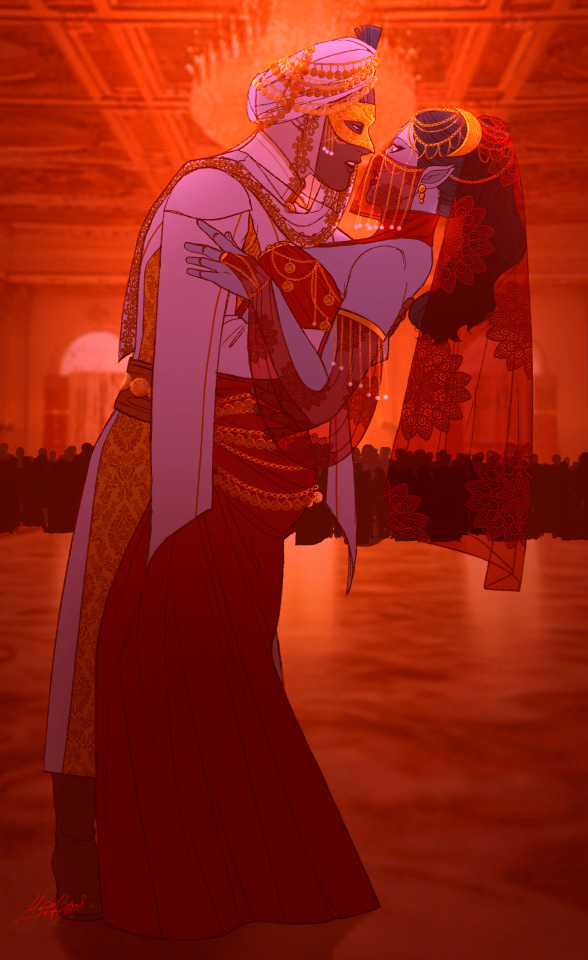
Inspired by Arabian Nights from Aladdin. Characters are my sci-fi romance Webtoon OCs Pulse and Iris who are dressed as an Arabian prince and belly dancer for a Mediterranean masquerade ball infiltration mission.
---
Additionally, I'm feeling very drawy and more relaxed for the past few days so I am looking to continue on clone art and Suits! TBB Echo finally 💕
#marymunchkiin art#original character#original art#character#original illustration#alien oc#alien#sci fi#scifiart#scifi#sci fi and fantasy#sci fi art#sci fi oc#science fiction#aliens#scifi art#arabian#middle eastern#mediterranean#my art#artists on tumblr#digital art#digital drawing#digital illustration#drawing#art#artwork#illustration#drawings#arabian nights
101 notes
·
View notes
Text
A legend of pirates and the Formigues Islets

Formigues Islets (Comarques Gironines, Catalonia). Photo from Costa Brava maniacs.
The islets are close to the coast, so they are clearly visible in the distance from the town of Palamós. If you look at them, though, it looks like when the waves crash into them, the islets subtly move up and down, as if they were floating. This legend explains why.
On a good-weather day, three pirate ships were sailing to sack Palamós. The inhabitants already knew too well what pirate attacks meant, and always had someone watching out from the top of Sant Esteve castle. When the watcher saw the pirate sails, he rode his horse as fast as he could to Palamós, and entered the town shouting "Pirates! Pirates are coming!". The inhabitants quickly grabbed a sack with their most prized possessions and ran to the church to ask Saint John (Palamós's patron saint) to help them, and then ran away to hide in the forest.
That night, the watcher went back to Sant Esteve castle. He climbed the tower to continue watching in the early morning and shout the sign when the pirates were about to attack. His nerves were not helped by the nothingness around him: a thick fog hid the coast, and all the bell towers were silent, not ringing the hours because everyone had escaped. When he woke up in the morning, the fog was dispersing. That's when he saw no trace of the pirate ships, except for a group of islets that weren't there before. Saint John had answered their desperate prayers, turning the pirate ships into rock.
It is said that, on Saint John's Eve (June 23rd to 24th, the most magical night of the year according to Catalan legends), if you look closely you can see the Formigues Islets become pirate ships again for a night.
Sources: Som: Museu d'Història de Catalunya + Sylvia Lagarda-Mata, blog de patrimoni mariner Escenavegantcat, Projecte Illes Medes.
#llegendes#illes formigues#palamós#calella de palafrugell#catalunya#legends#pirates#piracy#mythology and folklore#historical#myths#mythology#folklore#fantasy#cultures#culture#catalan#catalonia#mediterranean#sea
22 notes
·
View notes
Text




Marseille in february
#photography#sky#freedom#city#cityscape#original photography#urban#original photographers#clouds#original post#original photos#original photography on tumblr#original photography blog#original photogrpahy#photographers on tumblr#mediterrenian#mediterranean#mediterraneo#street#blue sky#blue#urban life#urban landscape#urban photography#urban fantasy#urban exploration#buildings#français#france#french
11 notes
·
View notes
Text

#artists on tumblr#ai artwork#alternative#fantasy art#clouds#working on clouds#“Somewhere Overlooking the Mediterranean Sea”
25 notes
·
View notes
Text

Threesome
is a state of mind…
14 notes
·
View notes
Text
~☆" i don't know where I'm going, but I hope I'm on my way "☆~
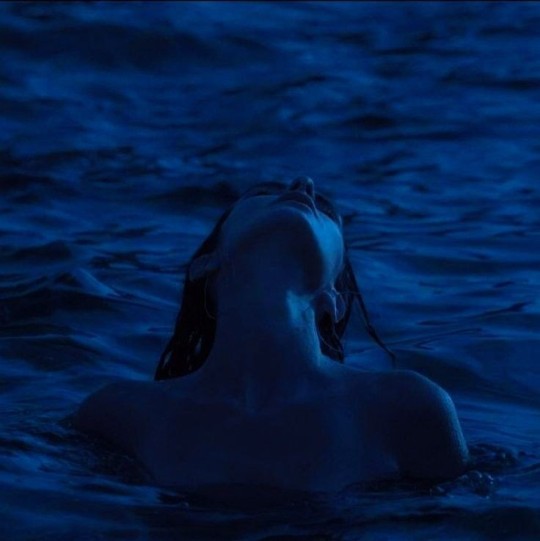
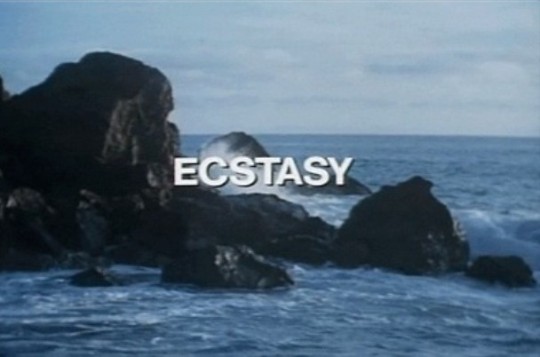
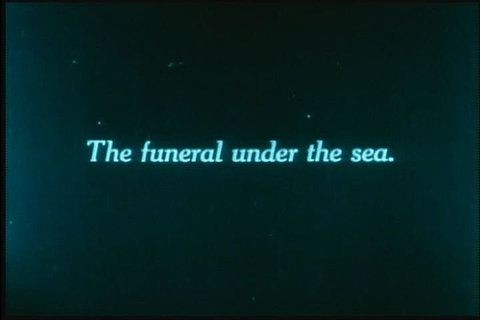
#poetry#hell is a teenage girl#new account#french#girlblogger#mediterranean#new poets community#spotify#lana del rey#mermaid#sirencore#mermaidcore#blue#the bluest eye#dark femininity#beach#ocean#oceancore#fantasy#delusional#dream#lucid dreaming
25 notes
·
View notes
Text

Experimenting with Spartha's design at the beginning of his story, which is also the earliest story in the Songs projects chronologically
At that point he's barely an adult, and still pretty shy and struggling to assert himself - pretty far from his future strong and (over)confident persona he'll develop in the latest stories He just wants to hide in some remote place to make his little paintings
#art#digital art#original art#original character#my blorbos from my shows#Songs Project#fantasy art#fantasy oc#I went for bronze age mediterranean influences since his culture is inspired by mythical ancient greece#except for the shoes those are still mediterranean but more recent since they're basic catalan espardilha
18 notes
·
View notes
Text
as a second generation immigrant, it's weird and a little frustrating to try and create a world inspired by my culture when i feel so disconnected from it in the first place. it feels like something is missing from my life and I don't think any amount of studying will fill that void. but i want to try. everything I am revolves around this world I've created and it's been a good start for me to reconnect with my greek roots after being so indifferent my whole life.
I've been writing on and off for years, but only properly began this endeavour about four years ago when I was really questioning my life. to cope with everything I began making maps of a simple fantasy world, and creating small towns with insignificant lore in minecraft. but I became bored of creating standard medieval stories, I longed to see my culture within a genre I loved so much.
ultimately what pushed me to commit to writing was the lack of greek characters that were actually greek and well written, and not just used as a joke or to push a personal agenda (see literally every 'retelling' made by non-greeks). not to mention if anything greek happened to be in fantasy media, it's either an extinct culture with the classical aesthetic or the focus is on bastardizing the olympians. because that's all we're seen as; a dead culture whose only value comes from the gods. and that's just not true.
I wanted a world where the focus was instead on the people and their way of life, rather than the gods and epic wars. I wanted stories about families, friends, and lovers who didn't have any divine power at their behest. I wanted to read about the intimacy of the mundane, the beauty of being, and the tragedy of trying. I wanted to see my culture represented in a way that wasn't through the western eyes--which even I have been tricked by. I want greek stories told by greek people.
I don't know if my work will be any good or worth anything to anyone. maybe I'll get scared and none of it will see the light of day. I know this won't bring me any closer to understanding what I've missed out on, but just being able to learn and create something is enough for me.
#i deleted this bc it felt too personal and i got scared um but its ok now#reposting w some slight changes bc clarity and i think ill appreciate this in 10 years#figuring out your identity is an endless cycle of being proud and grieving#finding out you even have one is hard#anyway here's my disclaimer that im not a historian nor am i writing historical fiction. or anything meant to be realistic#my world is heavily inspired off greece and mediterranean culture but there's a lot of fantasy elements mixed in so yk.#i don't want anyone to think ive misrepresented something when its on purpose#personal
2 notes
·
View notes
Text
peluquería barros
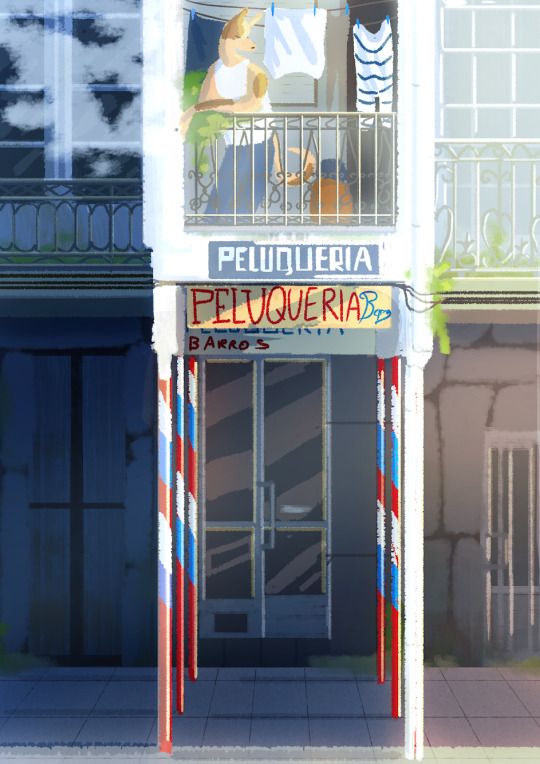
#urbanscape#urban scenery#urban fantasy#costumbrismo#furry commissions#furrydrawing#furry anthro#furry character#anthro#sfw furry#anthro art#mediterranean#summercore#quiet
7 notes
·
View notes
Text
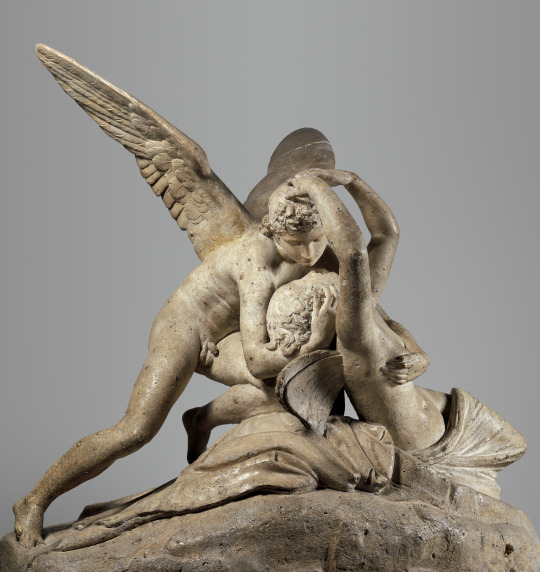
Antonio Canova (Italian, 1757-1822) Cupid and Psyche, 1794 The Metropolitan Museum of Art
#Antonio Canova#italian art#italian#italy#1700s#mythological art#fantasy#faerie#fae#fairy#art#fine art#european art#classical art#europe#european#oil painting#mediterranean#fine arts#europa#southern europe#cupid#psyche#cupid and psyche#sculpture#male#female
553 notes
·
View notes
Note
🎂🍎👨👩👧👦 and 🍛 for sabina!! :D
🎂 BIRTHDAY CAKE — when is your oc's birthday? how old are they? what are their sun, moon, & rising signs (if known)? what about their tarot card, ruling planet, & ruling number (if known)? do they fit the typical traits of these sun, moon, & rising signs?
i still haven't figured out exactly how months work in sabina's world because there isn't the same historical context that we have for our current month systems, BUT her birthday is the equivalent of july 25th and she's 20! making her a leo sun, gemini moon, and scorpio rising apparently :3 i thiiink she fits some of these characteristics, but she's much more reserved and not nearly as charismatic
🍎 RED APPLE — where was your oc born? do they still live in/around their place of birth or do they live somewhere else? how do they feel about their birthplace?
sabina was born in krineia, the capital city of arete in my fictional little landscape. she still lives in arete, though she was forced to flee out of the capital city after she was almost murdered. happens to the best of us. as of the beginning of the story, she's living in one of the coastal towns just southeast of krineia.
she absolutely loves the place she grew up in, and misses it every day. not only was she royalty, but as the second child, she had the freedom to explore. much of her early childhood was spent wandering the gardens and creating in-depth field guides to the flora and fauna of her city. and yet, it is also the city that her family was murdered in, and it has changed greatly in the four years since. she's trying to figure out how she fits back into a place that was once her home.
👨👩👧👦 FAMILY WITH MOTHER, FATHER, SON AND DAUGHTER — how many people are in your oc's immediate family? how many people are in your oc's extended family? do they have aunts, uncles, cousins, grandparents, etc? who in their family are they closest with? are they close with their birth family, or do they have a found family?
in sabina's immediately family are her mothers, kalina and cressida, and her three siblings. she certainly has extended family, as cressida has three sisters each with families of their own, but sabina rarely got to interact with them as a child. they live elsewhere in arete, and very rarely visited krineia. both sets of grandparents passed away before she was born. she's closest with her adoptive father and regent, felix, who was a close friend of both her mothers before they passed. she sees him as a father in his own right, as he helped raise her.
🍛 CURRY AND RICE — what does your oc's typical dinner look like? do they usually eat dinner?
sabina's typical dinner is pretty limited given the fact that she's on the run; some type of bread with beans, figs, and cheese. depending on her luck with getting meat for everyone, it might include fish or even mutton on a particularly good day.
#YAYYYY TY!!#meaghan talks#oc: sabina aleksandrov#arete is not entirely fantasy greece but it IS a mediterranean country
3 notes
·
View notes
Text

sketching out a new character is always fun. here’s bronte cicero from a fabula ultima game. she’s like if romans had guns, and also if a woman was just so sad, on a molecular level. she also went to anime fight school,
#fabula ultima#my art#my ocs#tried a few diff thins but I like the curly hair more than the loos braid I was going with earlier#she’s not precisely jrpg material but she’s kind of tactical rpg so it’s not too far off#realistically it’s like if the telmarines from narnia were ancient Mediterraneans#and narnia was the world of final fantasy#’why the hell are there bunny people here. anyway giant explosion cannon’
8 notes
·
View notes